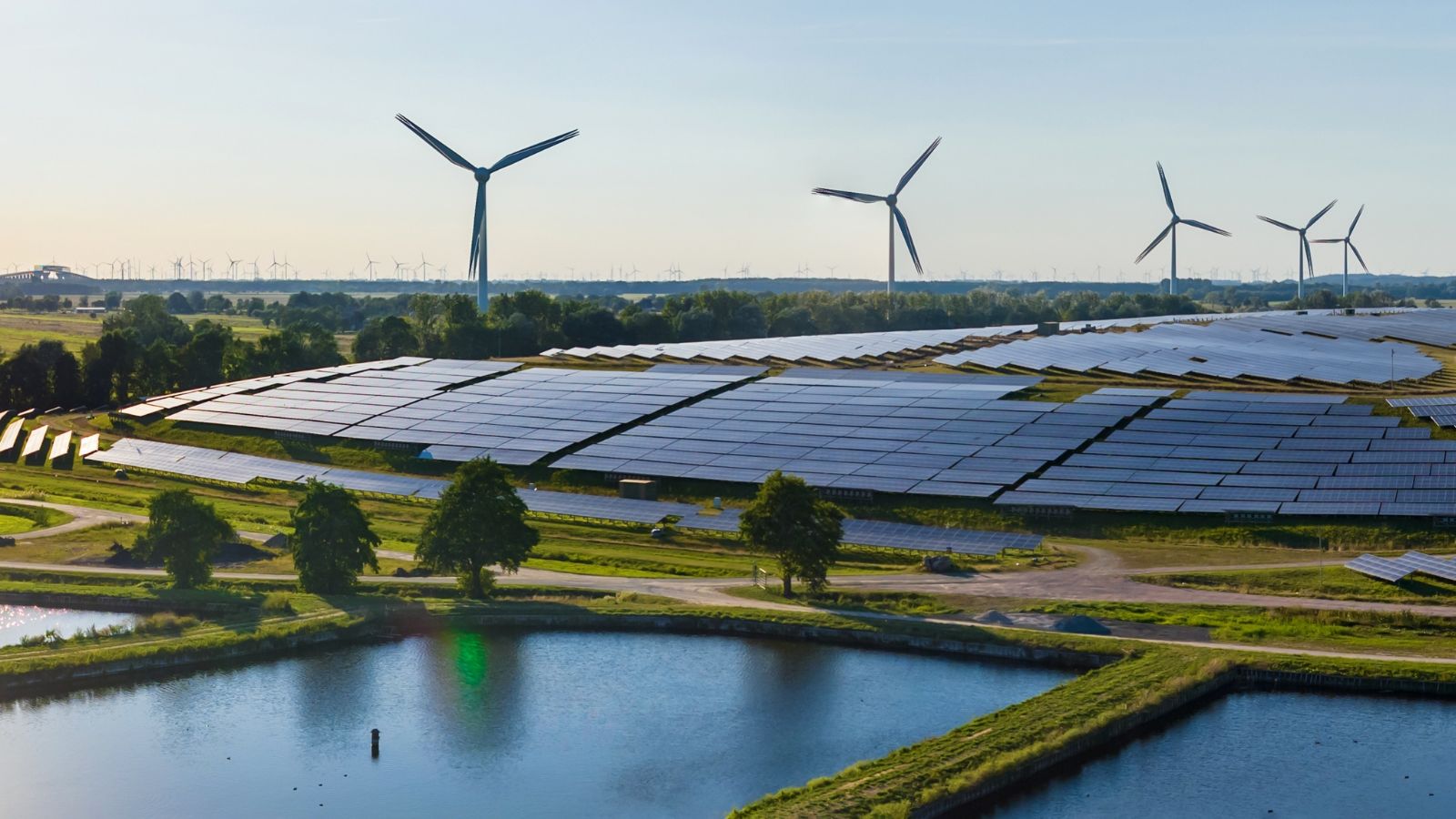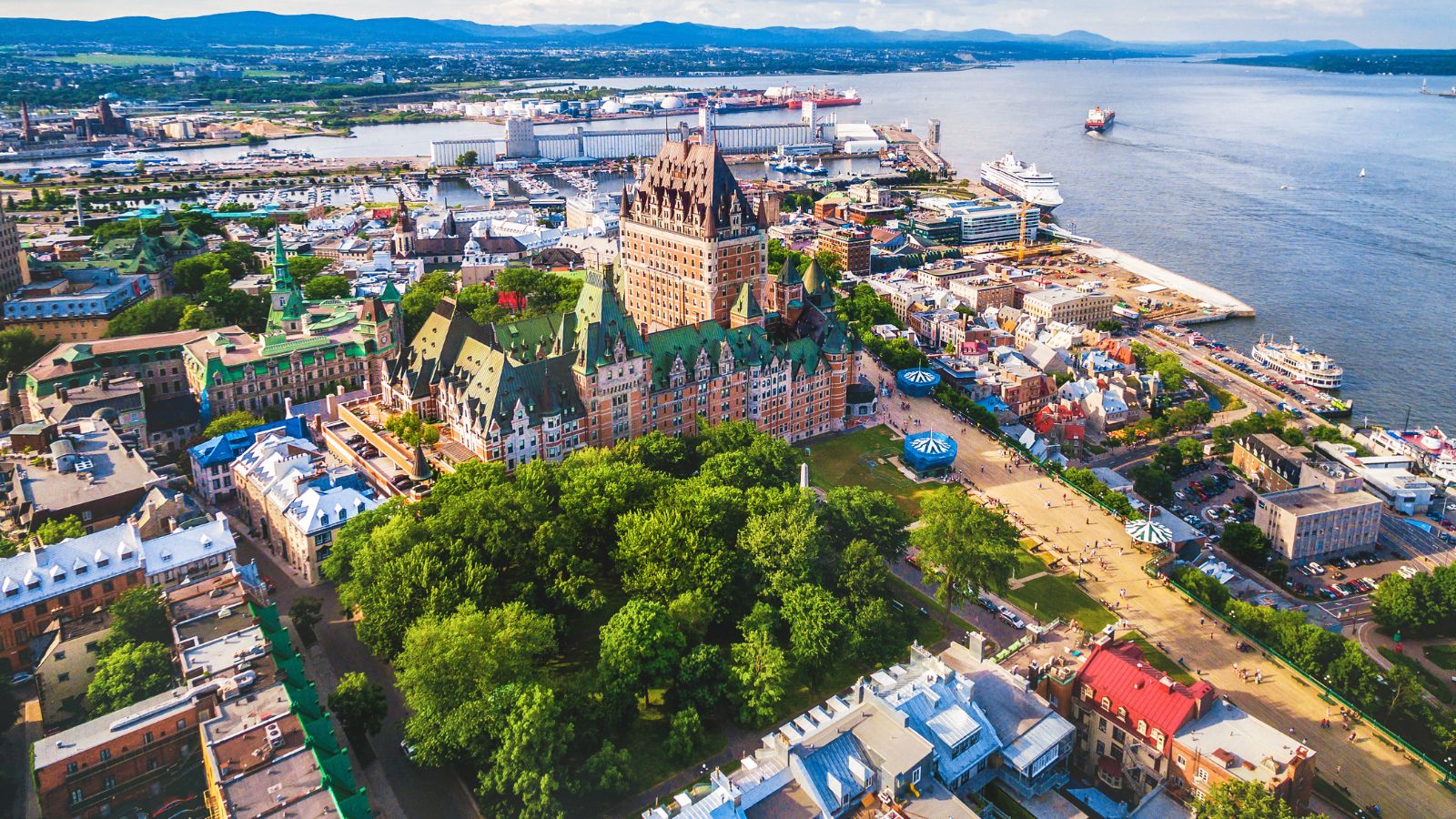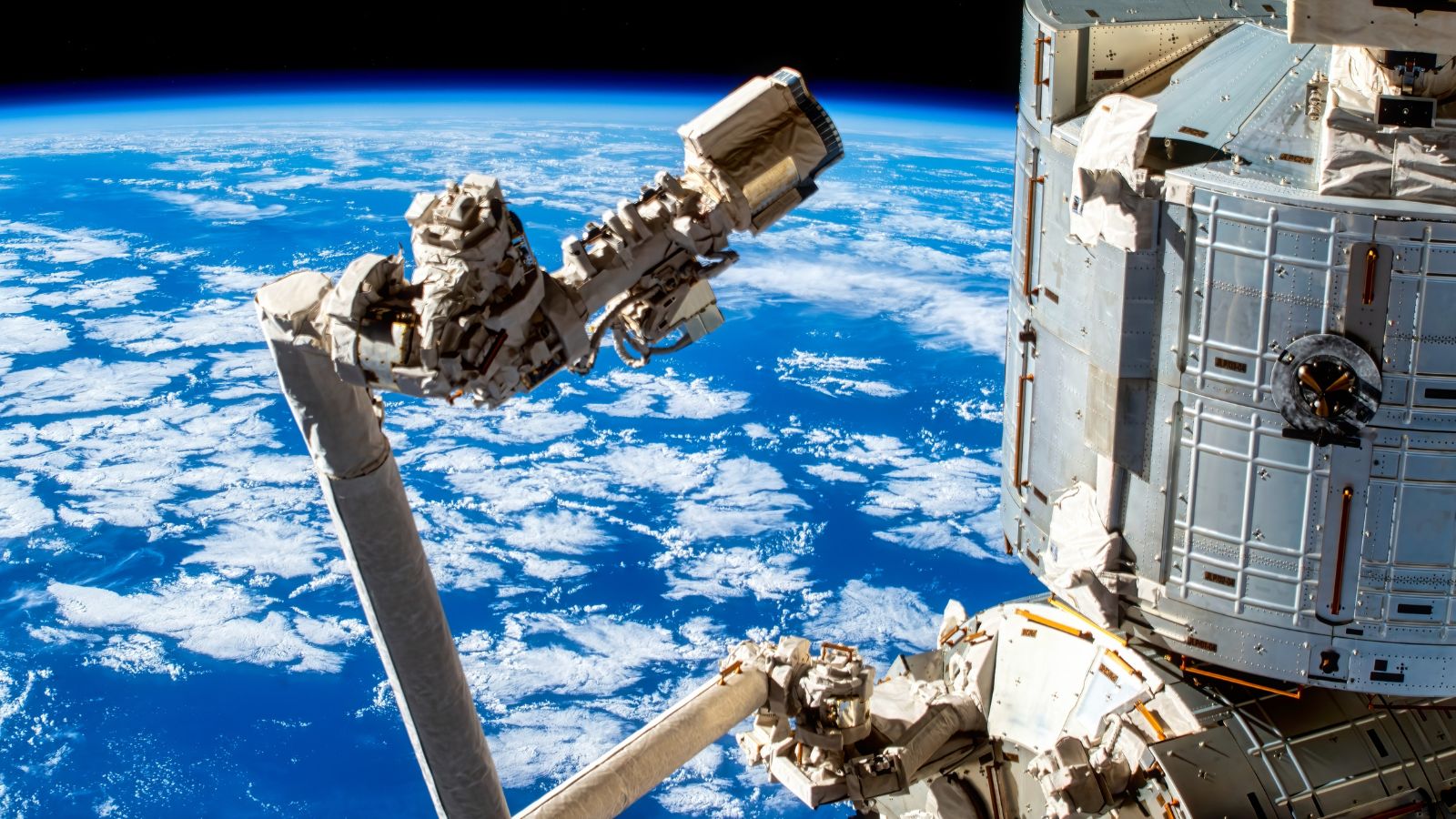Canada often flies under the radar when it comes to global headlines. Still, time and again, it has made thoughtful decisions that reflect smart governance, social responsibility, and long-term planning. Whether it’s healthcare, education, or environmental policy, Canada has shown leadership in areas that directly improve quality of life. Here are times Canada made choices that were not only practical but also deeply considerate of its people and future.
Embracing Universal Healthcare

Canada offers universal healthcare to all citizens and permanent residents, covering essential medical services through public funding. People don’t have to worry about large bills to visit a doctor or get treatment. This system helps ensure equal access to care, no matter a person’s income. It also keeps healthcare administration cost-effective and straightforward. While there can be wait times for non-urgent procedures, the focus remains on public well-being, not profit.
Sensible Gun Control Laws

Canada has strong and consistent gun laws that prioritize public safety. Getting a firearm legally requires safety training, background checks, and proper licensing. Certain types of guns, like assault-style weapons, are banned or tightly restricted. This approach helps reduce gun violence and creates a safer environment in cities and communities. People still hunt or sport shoot, but the rules ensure it’s done responsibly and within clear legal limits.
Adopting the Metric System

Canada officially switched to the metric system in the 1970s, using units like kilometers, Celsius, and kilograms in most public and commercial settings. This shift made it easier to align with global standards used in science, trade, and international communication. While some people still use feet, inches, or pounds in everyday conversation, the metric system is the standard in schools, government, and healthcare.
Fully Investing in Public Broadcasting

Canada supports strong public broadcasting through CBC/Radio-Canada, which delivers news, entertainment, and educational content in both English and French. Public funding allows it to serve all regions, including remote and underserved areas, without depending entirely on commercial revenue. It helps preserve Canadian culture and promotes independent journalism. This investment in public media ensures access to reliable information and diverse perspectives, especially in times of national importance or crisis.
Managing Drug Prices

Canada controls the cost of prescription drugs through government regulations and pricing reviews. The Patented Medicine Prices Review Board (PMPRB) helps ensure that prices for new medications remain reasonable and in line with international standards. Unlike unregulated systems, this model keeps essential medicines more affordable for individuals and the healthcare system. Provinces also offer drug plans that support seniors, low-income families, and people with specific health needs, making medication access more manageable.
Progressive Parental Leave Policies

Canada offers generous parental leave policies that allow new parents to take time off work after the birth or adoption of a child. Parents can share up to 69 weeks of leave, with part of it paid through Employment Insurance (EI). This system supports family bonding and reduces pressure to return to work too soon. Both parents are encouraged to participate, and many employers offer top-up benefits. These policies help improve early childhood care and promote work-life balance.
Prioritizing Public Transit Investment

Canada invests steadily in public transit systems to improve urban mobility, reduce traffic congestion, and cut emissions. Cities like Toronto, Vancouver, and Montreal have well-developed networks of buses, subways, and commuter trains. Both federal and provincial governments fund upgrades, new lines, and cleaner technologies. This support helps keep fares reasonable and services expanding to meet growing populations.
Stable Banking System

Canada’s banking sector is known for being one of the most stable and well-regulated in the world. It has strict oversight from the Office of the Superintendent of Financial Institutions (OSFI) and a conservative lending culture among major banks. During the 2008 financial crisis, Canada’s banks remained strong while many global institutions struggled. This system builds trust with consumers, supports long-term economic growth, and avoids high-risk financial practices that could lead to instability.
Early Legalization of Cannabis

Canada became the first major country to legalize recreational cannabis nationwide in 2018. The system is regulated, taxed, and controlled by provincial authorities. Legalization aimed to reduce black market activity, improve public health education, and ensure product safety. Consumers can access legal cannabis through licensed stores or online platforms. While challenges remain in enforcement and supply, Canada’s early adoption set an example for how legalization can be handled through structured policies and oversight.
A Culture of Politeness

Canadians are widely known for being polite and respectful in both personal and public interactions. Phrases like “sorry,” “please,” and “thank you” are part of everyday language. This culture of politeness isn’t just about manners—it supports smoother communication, reduces conflict, and helps build trust in communities. It’s also reflected in public spaces, customer service, and even in politics. While not everyone fits the stereotype, the overall tone of social interaction in Canada is noticeably courteous.
Investing in Renewable Energy

Canada continues to expand its investment in renewable energy, especially hydro, wind, and solar power. About 60% of the country’s electricity already comes from hydroelectric sources. Governments at all levels are funding clean energy projects, setting emissions targets, and offering incentives to support green technologies. These efforts aim to reduce dependence on fossil fuels, create sustainable jobs, and support long-term environmental goals. Canada’s geographic advantages, such as abundant water and open land, support large-scale clean energy production.
Multiculturalism as Official Policy

Canada formally adopted multiculturalism as an official government policy in 1971. This approach recognizes and supports the cultural diversity of its population, encouraging immigrants to preserve their heritage while integrating into Canadian society. The policy is reflected in laws, education, and public services. It promotes inclusion, reduces discrimination, and helps newcomers feel welcome. Cities like Toronto, Vancouver, and Montreal are among the most multicultural in the world, with a wide range of languages, faiths, and traditions coexisting.
Emphasis on Post‑Secondary Affordability

Canada works to keep post-secondary education more affordable through lower tuition fees (compared to many other countries), provincial grants, and income-based repayment plans. While education costs vary by province and institution, students have access to government loans, scholarships, and tax credits. Public funding supports most universities and colleges, helping maintain high academic standards without an extreme financial burden.
Strategic Use of Supply Management

Canada uses a supply management system for dairy, poultry, and eggs to stabilize prices, support local farmers, and avoid market surpluses. The system limits imports through quotas and sets minimum prices to ensure producers can cover their costs. This approach creates consistent quality and supply while protecting agricultural jobs. While it’s sometimes debated in trade talks, supply management has helped maintain food security and farming communities without relying on heavy subsidies or market volatility.
Focus on Quality of Life Rankings

Canada regularly ranks high in global quality of life indexes due to its strong healthcare, education, public safety, and environment. Cities like Vancouver, Calgary, and Toronto are frequently listed among the best places to live worldwide. The rankings consider factors such as political stability, infrastructure, job security, and access to public services. Canada’s balanced approach to economic and social policy contributes to high life satisfaction, making it an attractive place to live, work, and raise a family.
The Inventor of the Paint Roller

The paint roller, a simple yet transformative tool for home improvement, was invented by Canadian Norman Breakey in the 1940s. His design made it easier and faster to apply paint evenly on large surfaces, replacing the slower process of brush-only applications. Though he didn’t profit significantly from the invention, his idea changed how painting was done in homes and businesses. The paint roller remains one of the most widely used tools in DIY and professional projects today.
The Canadarm

The Canadarm was a significant Canadian contribution to space exploration, first used by NASA in 1981. Developed by Spar Aerospace with support from the Canadian government, it served as a robotic arm on the Space Shuttle for three decades. It performed satellite deployments, repairs, and cargo handling. The success of the Canadarm led to the development of its successors—Canadarm2 and Dextre—used on the International Space Station.
Pioneering the First National Park

Canada established Banff National Park in 1885, becoming the first country to create a national park system after the US. Banff’s creation marked a major step toward environmental conservation and sustainable tourism. Located in the Rocky Mountains of Alberta, it protects natural landscapes and wildlife while offering public access to hiking, skiing, and scenic views. This move inspired the creation of more than 40 national parks across Canada, setting a long-term commitment to preserving natural heritage.
Developing the Pager

Canadian wireless pioneer Alfred J. Gross developed the early technology that led to the invention of the pager. He created a personal wireless communication device in the 1940s, which eventually evolved into pagers widely used in healthcare, business, and emergency services. Pagers allowed people to receive short messages or alerts instantly, long before the age of mobile phones. This breakthrough showed Canada’s early leadership in wireless communication and laid the groundwork for future mobile technologies.
Founding of Doctors Without Borders

Dr. James Orbinski, a Canadian physician, played a leading role in the growth of Médecins Sans Frontières (Doctors Without Borders). Although founded in France, the organization gained global attention under his leadership, especially after receiving the Nobel Peace Prize in 1999. Canada has remained an active supporter of its humanitarian mission, which delivers emergency medical care in conflict zones and disaster areas. Canadian doctors and donors have contributed significantly to its global impact.
Inventing Standard Time Zones

Sir Sandford Fleming, a Canadian engineer, proposed the idea of worldwide standard time zones in the 1870s. Before that, towns set their local times, which created confusion, especially for railways. Fleming’s proposal divided the world into 24 time zones, each one hour apart. The system was officially adopted at the 1884 International Meridian Conference and remains in use today. His contribution brought order to global scheduling, travel, and communication, demonstrating Canada’s influence on international standards.
21 Products Canadians Should Stockpile Before Tariffs Hit

If trade tensions escalate between Canada and the U.S., everyday essentials can suddenly disappear or skyrocket in price. Products like pantry basics and tech must-haves that depend on are deeply tied to cross-border supply chains and are likely to face various kinds of disruptions
21 Products Canadians Should Stockpile Before Tariffs Hit
